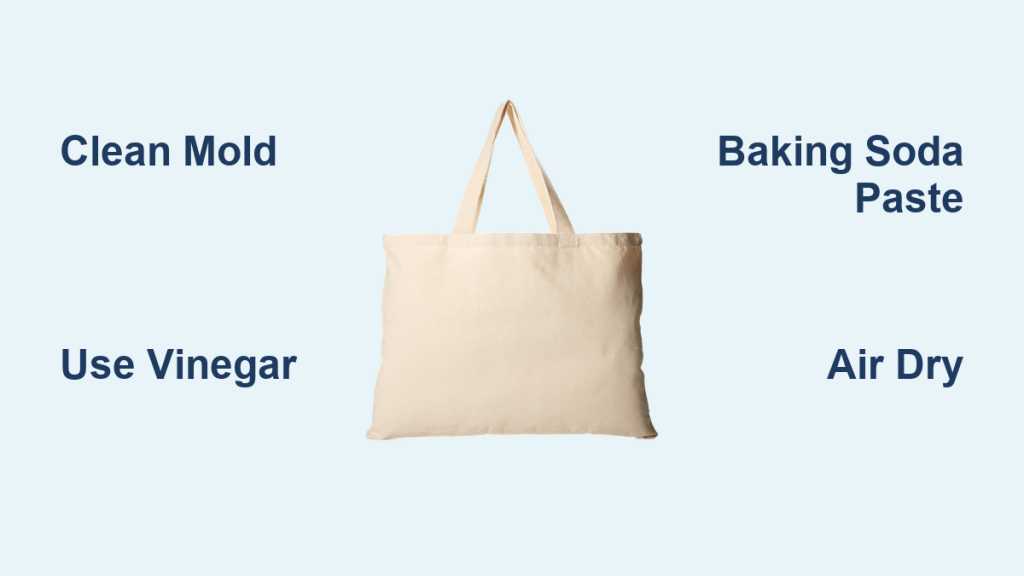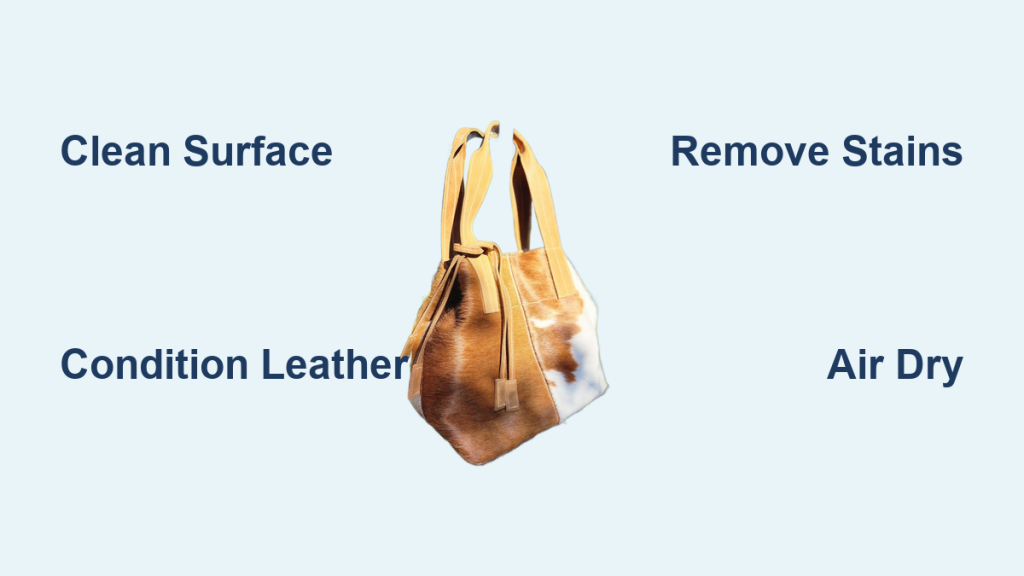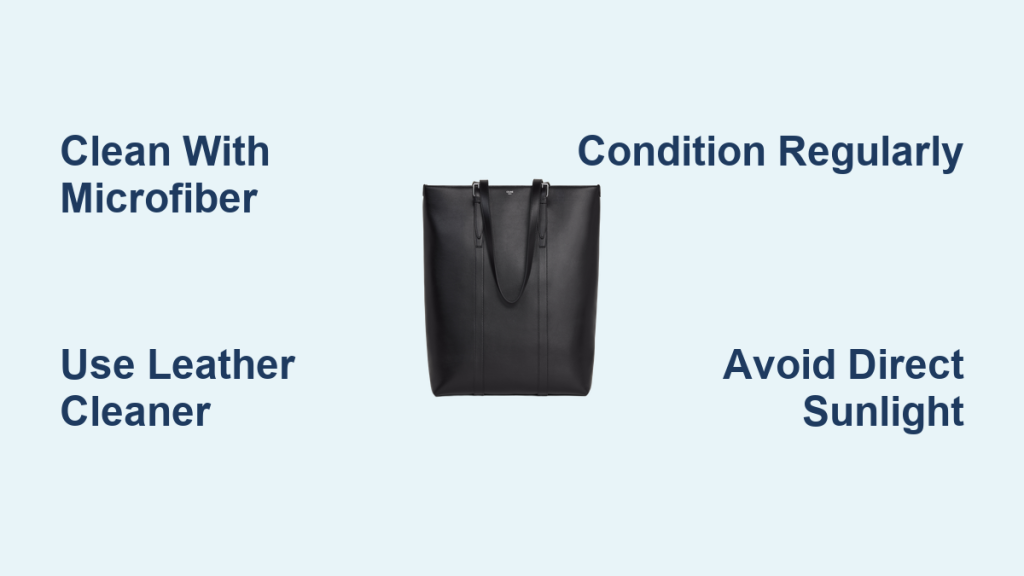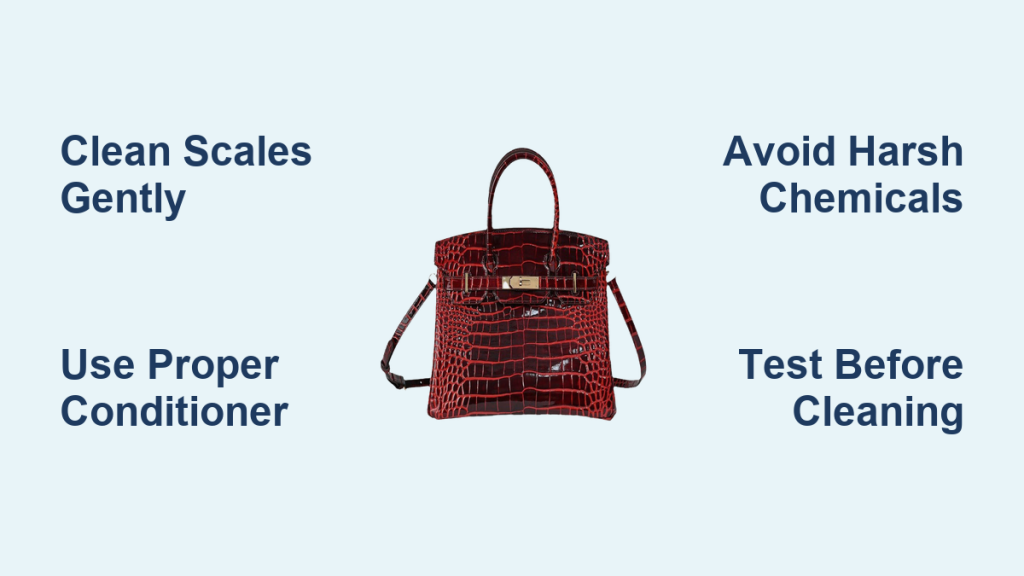Discovering mold on your favorite canvas bag can be disheartening. It’s a common problem, especially with infrequent use or exposure to damp environments, and can quickly ruin the look and integrity of your bag. But don’t throw it away just yet! This guide will walk you through effective methods to remove mold from your canvas bag, restoring it to its former glory. We’ll start with a quick, surface-level solution for minor mold, and then delve into more thorough cleaning techniques for stubborn cases.
Mold isn’t just unsightly; it can also pose health risks and cause the canvas to deteriorate. This comprehensive guide will cover everything from identifying the type of mold to preventative measures to ensure your canvas bag stays fresh and clean for years to come. By the end of this article, you’ll be equipped with the knowledge and confidence to tackle mold effectively and protect your beloved bag.
Understanding Mold on Canvas

Common Causes of Mold Growth
Mold thrives in damp, dark environments. Several factors contribute to mold growth on canvas bags:
* Humidity: High humidity levels create the perfect breeding ground for mold spores.
* Moisture: Spills, rain exposure, or even sweat can introduce moisture into the canvas.
* Poor Ventilation: Lack of airflow prevents the canvas from drying properly, encouraging mold growth.
* Storage: Storing a damp or dirty bag in an enclosed space like a closet significantly increases the risk.
Identifying Mold Types
While identifying the exact species isn’t crucial for cleaning, recognizing the appearance can help gauge the severity:
* Black Mold: Often indicates more significant moisture damage and can be more challenging to remove.
* White Mold: Usually surface-level and easier to clean.
* Green Mold: A common type that can range from mild to severe.
* Gray Mold: Often appears fuzzy and can spread quickly.
Cleaning Methods for Mold on Canvas Bags
Method 1: Mild Soap and Water (For Light Mold)
This method is best for small areas of surface mold.
Diagnosing the Issue: Check if the mold is just on the surface and doesn’t penetrate deep into the fibers.
Fix Steps:
1. Prepare the Solution: Mix a small amount of mild dish soap with lukewarm water.
2. Spot Clean: Dip a soft cloth into the soapy water and gently blot the moldy areas. Avoid rubbing vigorously, as this can spread the spores.
3. Rinse: Use a clean, damp cloth to rinse away the soap residue.
4. Dry: Air dry the bag in a well-ventilated area, away from direct sunlight.
Testing: Ensure the mold is removed and the area is completely dry. Repeat if necessary.
Method 2: Vinegar Solution (For Moderate Mold)
Vinegar is a natural disinfectant and effective mold remover.
Diagnosing the Issue: Use this method if the mold is a bit more widespread or stubborn than with soap and water.
Fix Steps:
1. Prepare the Solution: Mix equal parts white vinegar and water in a spray bottle.
2. Spray and Soak: Lightly spray the moldy areas with the vinegar solution. Allow it to sit for 15-20 minutes.
3. Scrub Gently: Use a soft-bristled brush (like an old toothbrush) to gently scrub the moldy areas.
4. Wipe Clean: Wipe the bag with a clean, damp cloth to remove the vinegar solution and loosened mold.
5. Dry: Air dry the bag in a well-ventilated area, away from direct sunlight.
Testing: Check for any remaining mold and repeat the process if needed. Vinegar smell will dissipate as it dries.
Method 3: Baking Soda Paste (For Stubborn Mold)
Baking soda is a mild abrasive and deodorizer that can help tackle tough mold stains.
Diagnosing the Issue: This method is ideal for deeply embedded mold or for removing lingering odors.
Fix Steps:
1. Prepare the Paste: Mix baking soda with just enough water to create a thick paste.
2. Apply the Paste: Apply the paste to the moldy areas and let it sit for 30-60 minutes.
3. Scrub Gently: Use a soft-bristled brush to gently scrub the paste into the canvas.
4. Rinse Thoroughly: Rinse the bag with clean water, ensuring all baking soda residue is removed.
5. Dry: Air dry the bag in a well-ventilated area, away from direct sunlight.
Testing: Inspect for remaining mold and repeat if necessary.
Preventing Future Mold Growth

Proper Storage Practices
- Dry Thoroughly: Always ensure your canvas bag is completely dry before storing it.
- Ventilation: Store bags in a well-ventilated area, avoiding enclosed spaces like plastic bags or tightly sealed containers.
- Storage Location: Avoid storing bags in damp basements or humid attics.
- Air Circulation: Use breathable storage bags or hang bags to allow for air circulation.
Regular Maintenance
- Spot Clean Spills: Immediately clean up any spills or moisture on your canvas bag.
- Air Out Regularly: Occasionally air out your bag, even if it hasn’t been used recently.
- Brush Off Debris: Regularly brush off dirt and debris to prevent them from trapping moisture.
Pro Tips for Canvas Bag Care

- Avoid Harsh Chemicals: Bleach and strong detergents can damage the canvas fibers and discolor the bag.
- Test in an Inconspicuous Area: Before applying any cleaning solution, test it on a hidden area of the bag to ensure it doesn’t cause discoloration or damage.
- Sunlight Caution: While air drying is essential, avoid direct sunlight, which can fade the color of the canvas.
- Leather Accents: If your bag has leather accents, clean them separately with a leather cleaner and conditioner.
- Deodorize with Baking Soda: Sprinkle baking soda inside the bag to absorb odors after cleaning. Let it sit overnight, then vacuum it out.
- Water Repellent Spray: Consider applying a water repellent spray to protect the canvas from future moisture damage.
Professional Help
When to Seek Professional Cleaning
- Extensive Mold Growth: If the mold covers a large area of the bag or has penetrated deep into the fibers.
- Delicate Canvas: If the canvas is particularly delicate or vintage.
- Persistent Odor: If the mold leaves a lingering odor that you can’t remove.
Finding a Reputable Cleaner
- Specialized Services: Look for cleaners specializing in fabric or leather restoration.
- Reviews and Recommendations: Check online reviews and ask for recommendations from friends or family.
FAQ
Q: Can I put my canvas bag in the washing machine?
A: While some canvas bags can be machine washed, it’s generally not recommended, especially if they have mold. The washing machine can spread the mold spores and potentially damage the bag. Hand washing is always the safer option.
Q: How long does it take to dry a canvas bag?
A: Drying time varies depending on the humidity and ventilation. It typically takes 24-48 hours for a canvas bag to dry completely.
Q: Will vinegar damage my canvas bag?
A: White vinegar is generally safe for canvas, but always dilute it with water and test it in an inconspicuous area first.
Q: How can I prevent mold from returning?
A: Ensure your bag is completely dry before storing it, store it in a well-ventilated area, and regularly air it out.
Get Your Canvas Bag Working Again
You’ve now learned multiple ways to tackle mold on your canvas bag, from simple soap and water to more advanced vinegar and baking soda solutions. Remember to prioritize proper storage and regular maintenance to prevent future outbreaks.
Don’t let mold ruin your favorite bag. By following these steps, you can restore its beauty and extend its lifespan.
Have you successfully cleaned mold off your canvas bag? Share your experience and any additional tips in the comments below!




